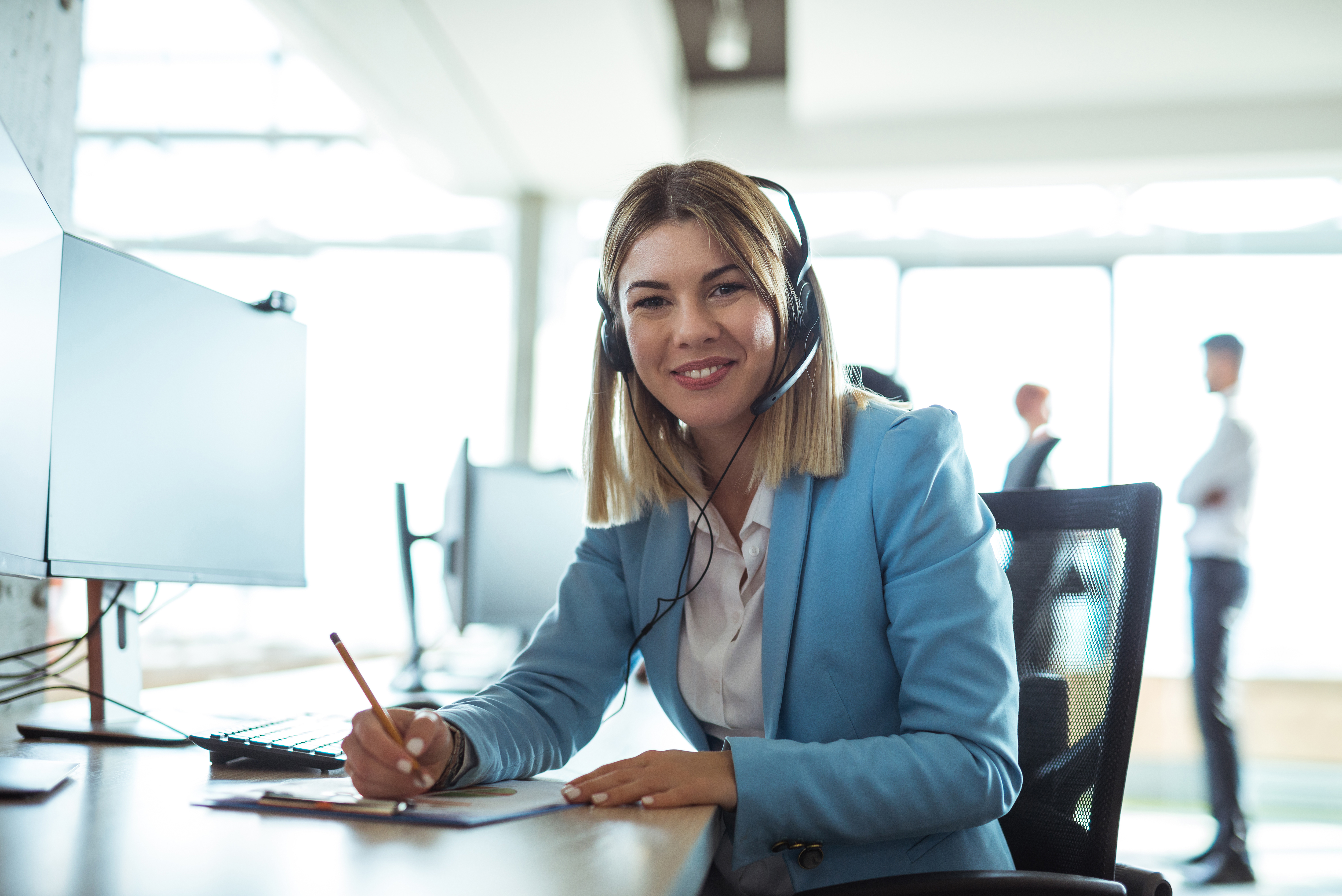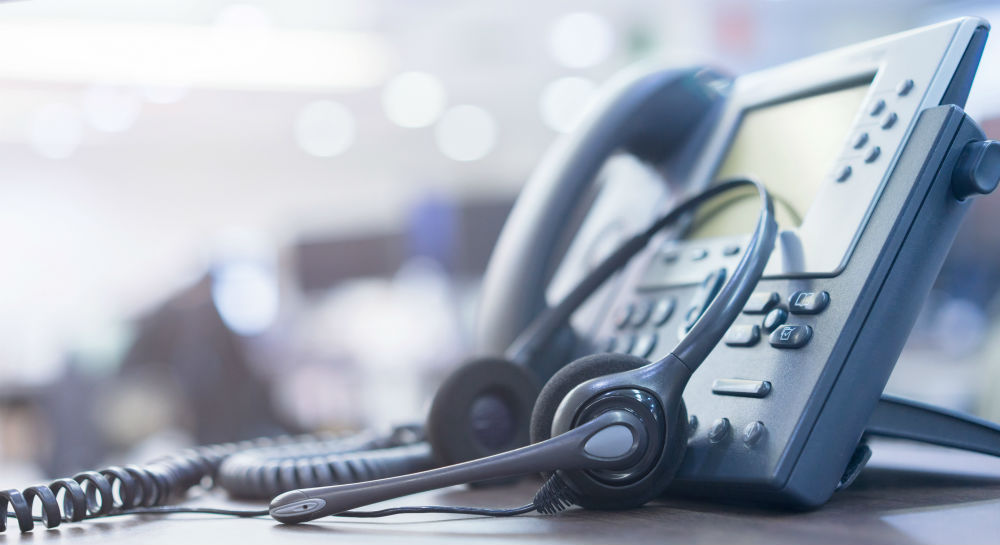All Categories
Featured
Table of Contents
- – How Do I Choose A 9 Best Answering Service Prov...
- – What Is The Best Your Virtual Receptionist: Ph...
- – What Is The Best Telephone Answering Service -...
- – When Best Time To Buy Temporary Or Short-term...
- – What Is The Best Telephone Answering Service ...
- – What Is The Best 14 Benefits Of A Telephone ...
How Do I Choose A 9 Best Answering Service Providers For 2023 [Reviewed] Service?
This gadget and its followers were developed by Sava Jacobson, an electrical engineer with a personal consulting organization. While early answering machines used magnetic tape innovation, a lot of contemporary devices uses strong state memory storage; some gadgets use a combination of both, with a solid-state circuit for the outgoing message and a cassette for the inbound messages.
"toll saving" listed below) (answer phone service). This is beneficial if the owner is evaluating calls and does not wish to speak to all callers. In any case after going, the calling celebration should be notified about the call having actually been responded to (in many cases this begins the charging), either by some remark of the operator, or by some welcoming message of the little, or addressed to non-human callers (e.
This holds particularly for the Little bits with digitally saved greeting messages or for earlier devices (prior to the rise of microcassettes) with a special limitless loop tape, different from a 2nd cassette, committed to recording. There have actually been answer-only gadgets without any recording abilities, where the greeting message had to inform callers of a state of current unattainability, or e (business call answering service).
What Is The Best Your Virtual Receptionist: Phone Answering Services Out

about accessibility hours. In taping TADs the greeting usually consists of an invitation to leave a message "after the beep". An answering device that utilizes a microcassette to record messages On a dual-cassette answerphone, there is an outbound cassette, which after the specified number of rings plays a pre-recorded message to the caller.

Single-cassette answering devices include the outgoing message at the start of the tape and incoming messages on the remaining space. They first play the statement, then fast-forward to the next offered area for recording, then record the caller's message. If there are numerous previous messages, fast-forwarding through them can trigger a substantial hold-up.
This beep is often referred to in the welcoming message, asking for that the caller leave a message "after the beep". Little bits with digital storage for the taped messages do not show this delay, of course. A little bit might offer a push-button control center, where the answerphone owner can ring the home number and, by entering a code on the remote telephone's keypad, can listen to tape-recorded messages, or delete them, even when far from house.
What Is The Best Telephone Answering Service - Answer My Phone For Your Money

Thus the machine increases the number of rings after which it responds to the call (usually by 2, resulting in four rings), if no unread messages are currently kept, but responses after the set number of rings (generally two) if there are unread messages. This enables the owner to learn whether there are messages waiting; if there are none, the owner can hang up the phone on the, e.
Some devices also enable themselves to be from another location triggered, if they have actually been switched off, by calling and letting the phone ring a particular a great deal of times (usually 10-15). Some provider abandon calls currently after a smaller sized variety of rings, making remote activation difficult. In the early days of Littles a special transmitter for DTMF tones (dual-tone multi-frequency signalling) was regionally needed for push-button control, considering that the formerly employed pulse dialling is not apt to communicate proper signalling along an active connection, and the dual-tone multi-frequency signalling was carried out stepwise.
Any inbound call is not recognizable with respect to these residential or commercial properties in advance of going "off hook" by the terminal equipment. So after going off hook the calls need to be changed to appropriate devices and just the voice-type is right away accessible to a human, but possibly, nevertheless need to be routed to a TAD (e.
When Best Time To Buy Temporary Or Short-term Call Answering Services
What if I informed you that you do not have to in fact get your gadget when addressing a consumer call? Somebody else will. So practical, best? Addressing telephone call does not need somebody to be on the other end of the line. Efficient automated phone systems can do the trick simply as efficiently as a live representative and in some cases even much better.
An automatic answering service or interactive voice reaction system is a phone system that interacts with callers without a live individual on the line - virtual call answering service. When companies use this technology, consumers can get the answer to a concern about your company merely by utilizing interactions established on a pre-programmed call circulation.
Although live operators upgrade the customer care experience, many calls do not require human interaction. An easy taped message or guidelines on how a customer can obtain a piece of information typically resolves a caller's immediate need - business answering service. Automated answering services are a simple and effective method to direct incoming calls to the ideal person.
What Is The Best Telephone Answering Service Melbourne Cbd Australia To Buy Now
Notice that when you call a company, either for assistance or product query, the very first thing you will hear is a pre-recorded voice greeting and a series of choices like press 1 for client service, press 2 for questions, and so on. The pre-recorded alternatives branch off to other choices depending upon the consumer's selection.
The phone tree system assists direct callers to the best person or department using the keypad on a mobile phone. In some circumstances, callers can utilize their voices. It's worth noting that auto-attendant alternatives aren't restricted to the 10 numbers on a phone's keypad. As soon as the caller has chosen their first choice, you can create a multi-level auto-attendant that uses sub-menus to direct the caller to the best sort of support.
The caller does not have to interact with an individual if the auto-attendant phone system can handle their issue. The automatic service can route callers to an employee if they reach a "dead end" and require support from a live representative. It is costly to work with an operator or executive assistant.
What Is The Best 14 Benefits Of A Telephone Answering Service In 2023 Out Right Now
Automated answering services, on the other hand, are considerably less costly and offer substantial expense savings at an average of $200-$420/month. Even if you don't have actually devoted personnel to manage call routing and management, an automatic answering service enhances productivity by enabling your team to focus on their strengths so they can more efficiently spend their time on the phone.
A sales lead routed to customer support is a lost shot. If a client who has item concerns reaches the incorrect department or receives insufficient responses from well-meaning staff members who are less trained to handle a specific type of concern, it can be a cause of aggravation and discontentment. An automatic answering system can decrease the number of misrouted calls, therefore helping your employees make much better use of their phone time while releasing up time in their calendar for other tasks.
With Automated Answering Systems, you can create a customized experience for both your staff and your callers. Make a recording of your primary greeting, and merely upgrade it routinely to reflect what is going on in your company. You can produce as lots of departments or menu alternatives as you want.
Table of Contents
- – How Do I Choose A 9 Best Answering Service Prov...
- – What Is The Best Your Virtual Receptionist: Ph...
- – What Is The Best Telephone Answering Service -...
- – When Best Time To Buy Temporary Or Short-term...
- – What Is The Best Telephone Answering Service ...
- – What Is The Best 14 Benefits Of A Telephone ...
Latest Posts
Affordable Receptionist Service – Gungahlin
Affordable Call Management Service Near Me
Cost-Effective Virtual Receptionist Near Me – TAS
More
Latest Posts
Affordable Receptionist Service – Gungahlin
Affordable Call Management Service Near Me
Cost-Effective Virtual Receptionist Near Me – TAS